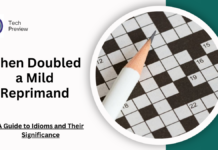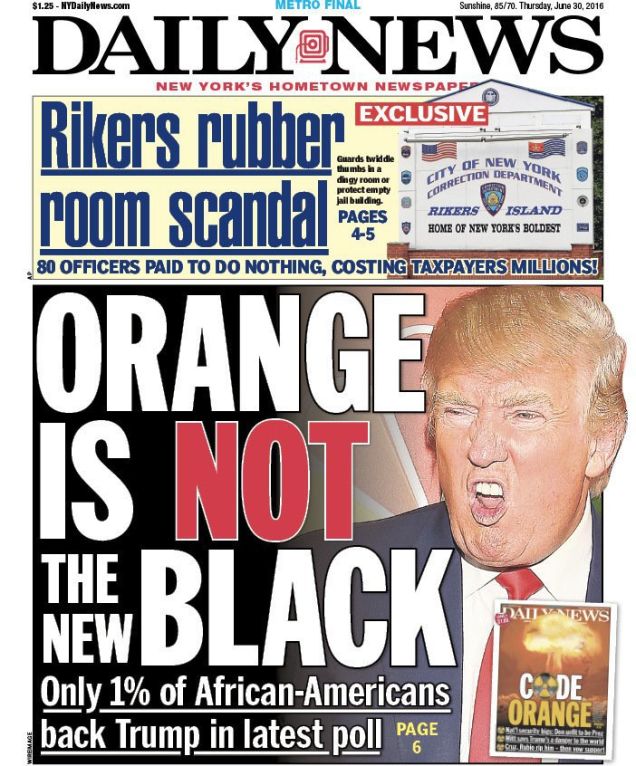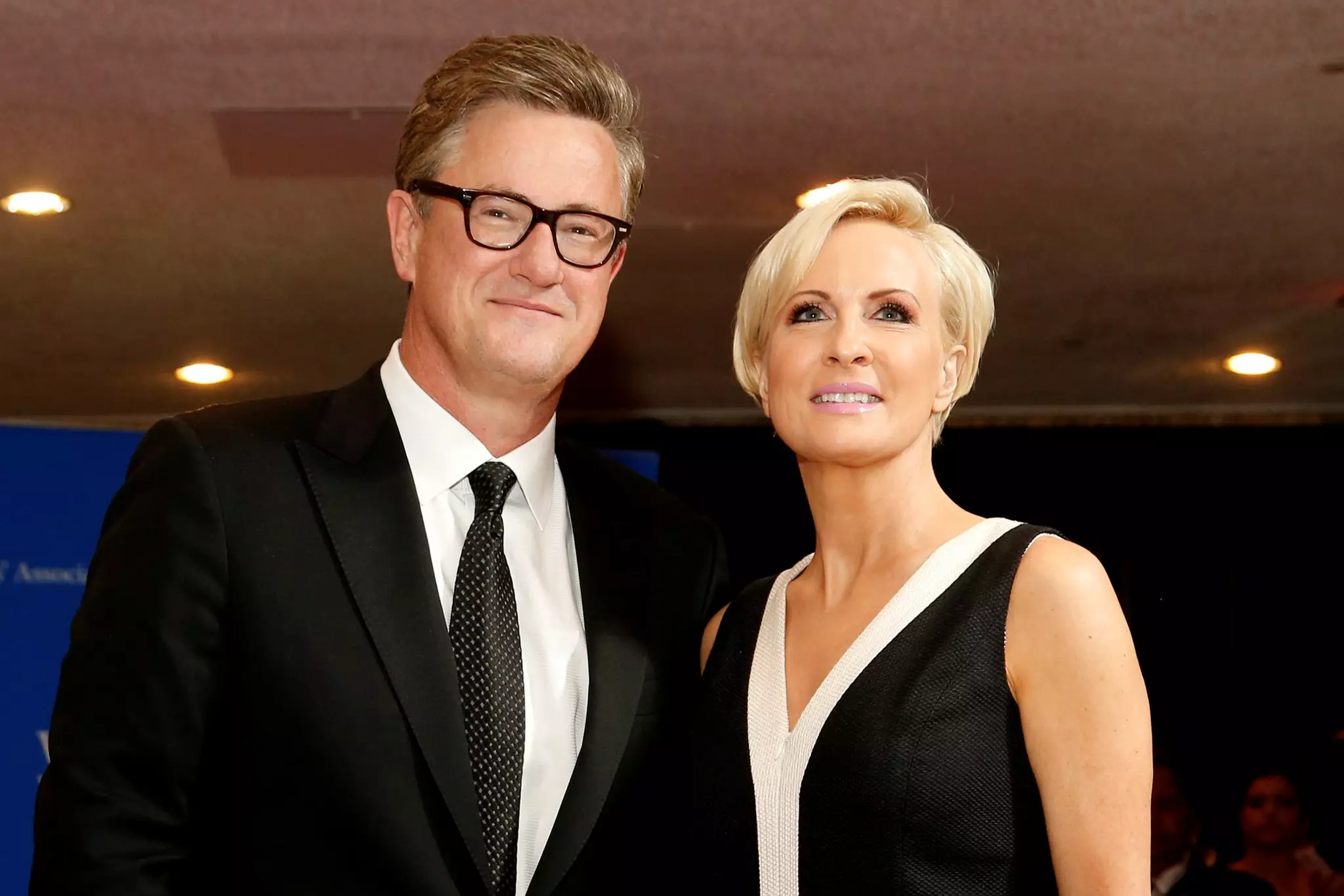Shape:yl6axe4-ozq= Pentagon, a five-sided polygon, is not only a mathematical curiosity but also a shape rich with practical applications and aesthetic appeal.
This article will take you on a journey through the properties, significance, and common questions related to the Shape:yl6axe4-ozq= Pentagon, all presented in a friendly and easy-to-understand manner.
What is a Shape:yl6axe4-ozq= Pentagon?
At its simplest, a pentagon is defined by its five straight sides and five angles. But there’s more to it than meets the eye! Depending on how these sides and angles are configured, pentagons can be categorized into different types:
MUST READ: Sketch:jgr9lxsmgmg= Art ideas: The Power of Sketch Art Ideas
Regular vs. Irregular Pentagons
- Regular Pentagon: This type has all sides and angles equal, making it symmetrical and visually pleasing. Imagine a perfectly balanced star—you get the idea!
- Irregular Pentagon: Here, the sides and angles differ, giving each irregular pentagon a unique appearance. This variety allows for creative expressions in art and design.
Convex vs. Concave Pentagons
- Convex Pentagon: All angles in this shape are less than 180°, so it appears “pushed out.” Think of a classic stop sign!
- Concave Pentagon: In this variation, at least one angle exceeds 180°, creating a “caved-in” effect. It’s a more complex and intriguing form.
These distinctions showcase the pentagon’s versatility and allow it to appear in many contexts, from everyday objects to complex designs.
ALSO READ: Aesthetic:4bmibcmo6kc= Halloween Wallpaper: Ideas for the Season
Why is the Pentagon Important?
You might be wondering why we should pay attention to the Shape:yl6axe4-ozq= Pentagon. Its presence is surprisingly widespread across different fields:
Architecture
One of the most recognizable pentagons is the Pentagon building in Washington, D.C. Its five-sided shape isn’t just for aesthetics; it’s a functional design that maximizes space and provides structural integrity. The pentagonal layout allows for efficient use of the interior, promoting smooth movement throughout the building.
Nature
Nature, too, embraces the Pentagon! For example, many flowers, like the morning glory, have five petals that naturally form a pentagonal shape. Additionally, starfish often exhibit five arms, giving them a pentagonal appearance as well.
These instances highlight how this shape is woven into the fabric of the natural world.
Design and Art
In the realm of design, the pentagon stands out for its symmetry and unique character. Designers frequently utilize this shape in logos, patterns, and tiling to create visually appealing compositions.
Its distinct angles and lines can add a sense of balance and harmony to any artwork or design project.
Key Properties of the Shape:yl6axe4-ozq= Pentagon
Let’s dive into some interesting properties that define the Pentagon:
The sum of Interior Angles
In any pentagon, the total measure of the interior angles always adds up to 540 degrees. This is a crucial aspect that remains constant, regardless of whether the pentagon is regular or irregular.
Diagonals
A pentagon contains five diagonals. In a regular pentagon, these diagonals are all equal in length, contributing to its overall symmetry. This property is particularly useful in geometry and design, allowing for balanced and harmonious structures.
Symmetry
A regular pentagon boasts rotational symmetry, meaning you can rotate it around its center and it will look the same at specific intervals. This makes it an appealing option for designs that require uniformity and balance.
Practical Uses of the shape:yl6axe4-ozq= Pentagon
The Pentagon’s unique characteristics make it applicable in various fields:
Branding and Logos
Many companies choose pentagonal shapes for their logos because they stand out without being overly complicated. A pentagon can convey a sense of strength and stability, making it a smart choice for brands looking to make a memorable impression.
Patterns and Tiling
Pentagons can be used to create intricate patterns and tessellations. When combined with other shapes, they introduce diversity and interest to designs, breaking away from more conventional forms like squares or hexagons.
Educational Tools
In the classroom, pentagons serve as an excellent teaching aid for introducing concepts of geometry. They provide a hands-on way to explore properties of shapes, angles, and symmetry, making learning more interactive and engaging.
Challenges with the Pentagon
While the Pentagon is a fascinating shape, working with it can present some challenges:
Drawing Accuracy
Creating a perfect pentagon can be tricky without the right tools. Getting all sides and angles to align perfectly often requires precision that can be difficult to achieve by hand.
Measuring Angles
For irregular pentagons, measuring angles can become a time-consuming task, particularly if precision is critical for a project.
Symmetrical Design
Irregular pentagons lack symmetrical properties, which can complicate design projects. Achieving balance in artistic or architectural works can be a bit more challenging when working with these shapes.
Conclusion
The shape:yl6axe4-ozq= Pentagon is far more than just a geometric figure; it is a shape that manifests itself in our world, from natural formations to architectural wonders and artistic designs.
Understanding its properties and applications allows us to appreciate the beauty and functionality of this five-sided marvel.
Next time you spot a pentagon—be it in nature, design, or everyday life—take a moment to recognize the intriguing qualities that make it special. This unique shape has much to teach us about balance, creativity, and the interconnectedness of shapes in our environment.
People May Ask
Q: How can I tell if a pentagon is regular or irregular?
A: A regular pentagon has equal sides and angles, while an irregular pentagon features sides and angles of varying lengths and degrees.
Q: Is it possible for a pentagon to be concave?
A: Absolutely! A concave pentagon has one or more angles greater than 180°, giving it a distinctive inward dip.
Q: What is the formula to calculate the area of a regular pentagon?
A: The area can be calculated using the formula:
Area=145(5+25)×s2\text{Area} = \frac{1}{4} \sqrt{5(5 + 2\sqrt{5})} \times s^2Area=415(5+25)×s2
where sss represents the length of one side.
Q: Why is the Pentagon often used in design?
A: Its unique shape and symmetrical properties make it visually appealing. The pentagon can enhance designs by adding balance and a sense of structure.
Click here to learn more.









